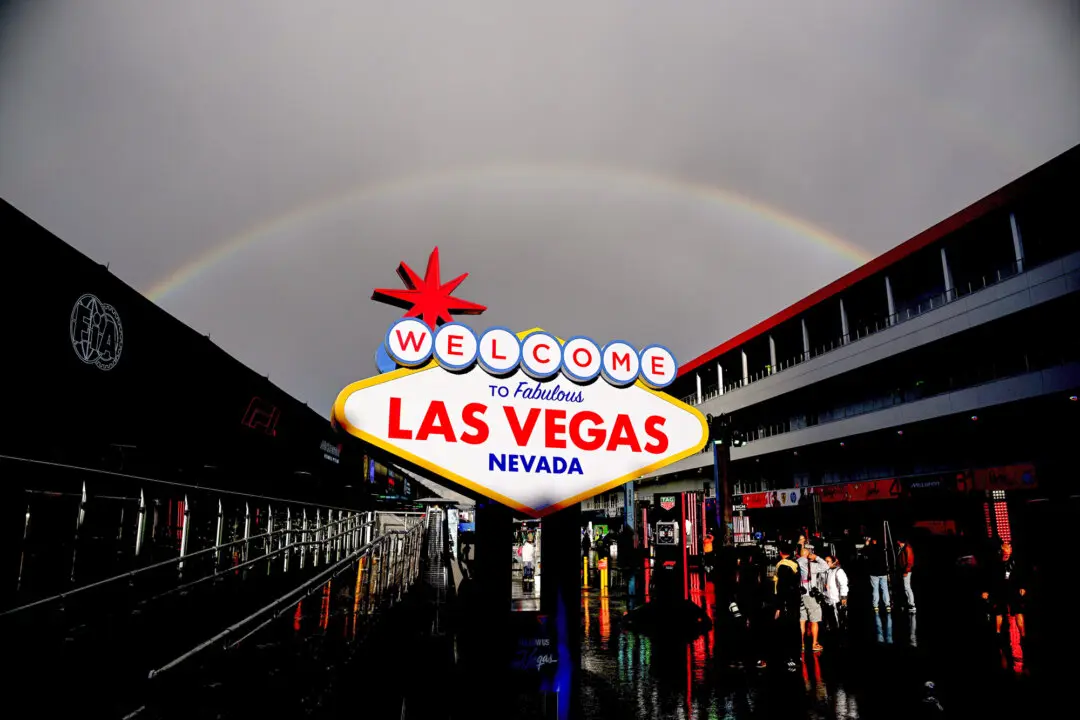SHASTA LAKE, Calif.—Longtime bait-and-tackle shop owner Bob Braz has seen droughts come and go at Lake Shasta, nestled in California’s upper Central Valley, but 1976–77 was the worst on record.
The two-year drought left the lake’s water level 238 feet below its 1,067-foot mark above sea level at total capacity, exposing vast swaths of rocky lake bed and debris.





